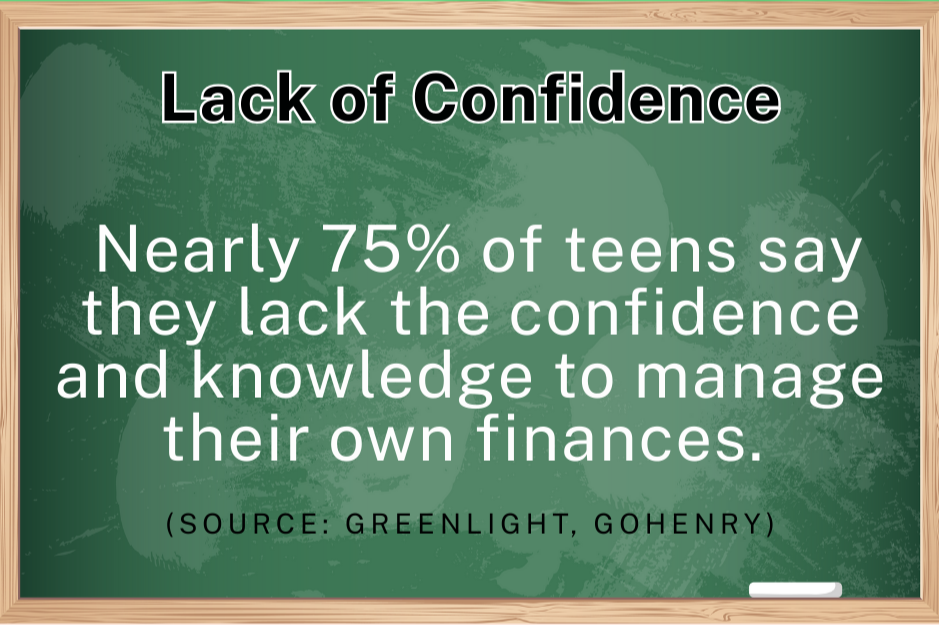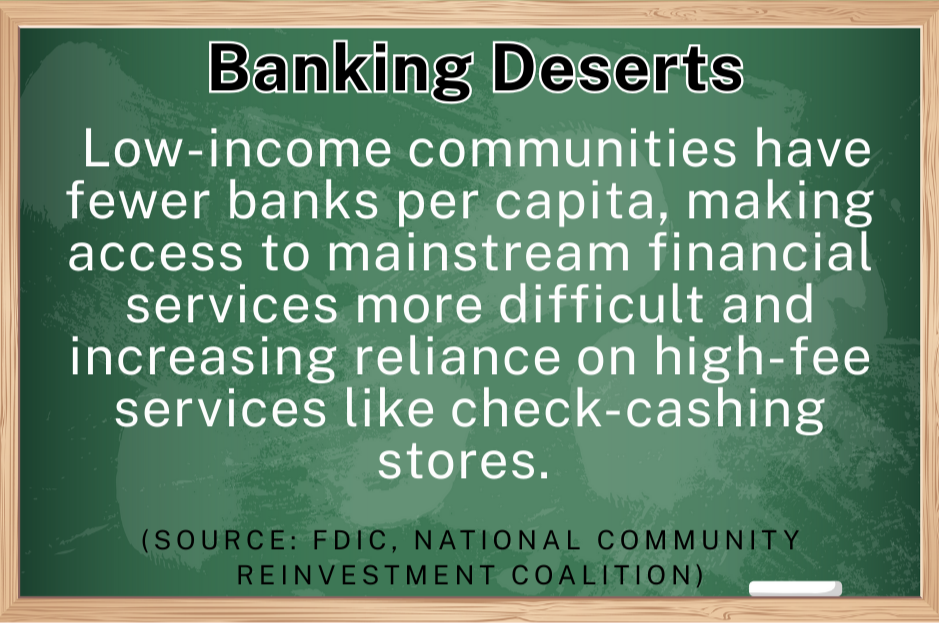Building a Financially Secure Future
A significant gap in financial knowledge is leaving a generation of young people unprepared for the future. Nearly 75% of teens report lacking the confidence to manage their own finances, and high school students, on average, answer less than half the questions correctly on nationwide financial literacy tests. This challenge is magnified in low-income and Black communities, which often have less access to mainstream banking services and are disproportionately affected by the racial wealth gap.
Our Solution: Financial Literacy for a New Generation
At FIT 2 DREAM, we address this challenge head-on with a comprehensive financial literacy curriculum that serves as a cornerstone of our T.H.I.R.V.E. program model. We empower youth with the knowledge and tools to build healthy balance sheets, manage debt, and make informed financial decisions for life. Our program demystifies personal finance and positions education as a tool for creating a new, equitable economic future
Our THRIVE curriculum, which covers essential topics including:
Wealth Building: Understanding the fundamentals of how to build and sustain wealth.
Investing and Saving: Learning the power of compound interest and strategies for long-term growth.
Budgeting and Credit Management: Acquiring the practical skills to manage money, understand debt, and build a strong financial foundation.
Economic Mobility: Gaining the knowledge to navigate systemic barriers and create generational wealth.
By integrating financial education with high-demand digital skills and dedicated mentorship, we are not just teaching a class—we are creating pathways to economic security and breaking generational cycles of poverty. Our goal is to achieve a 25% or greater improvement in financial literacy scores for our students, equipping them with the confidence and competence to build a prosperous future.














